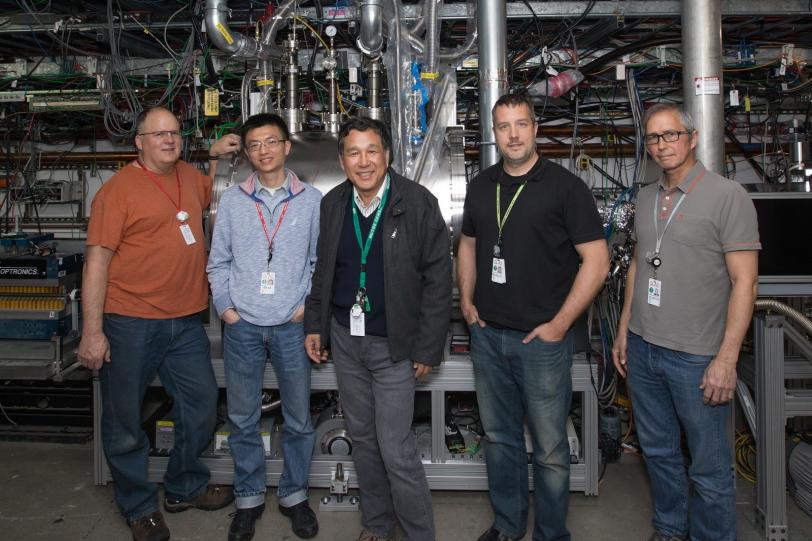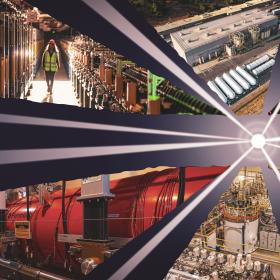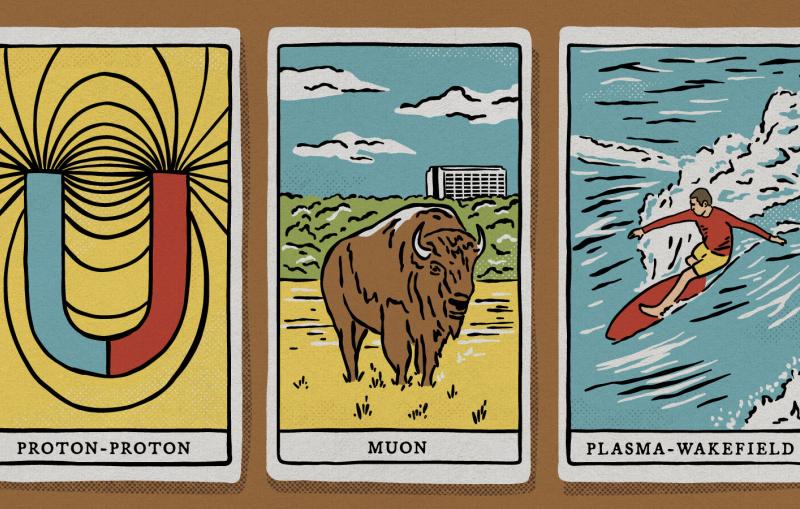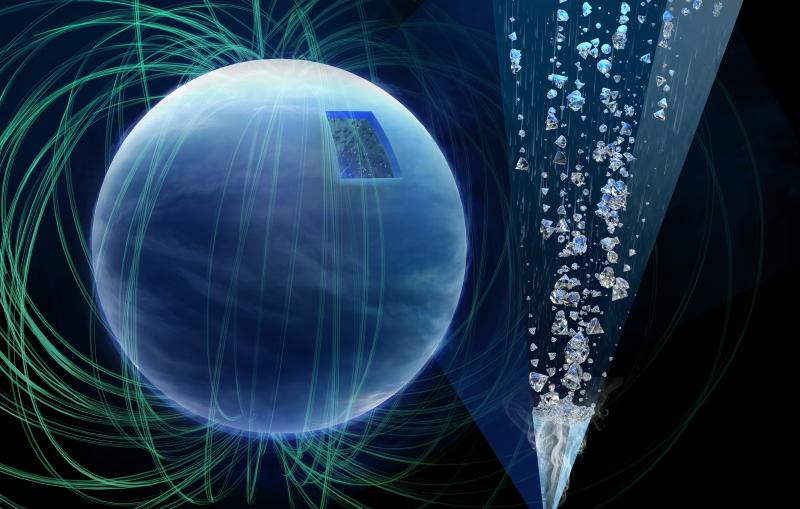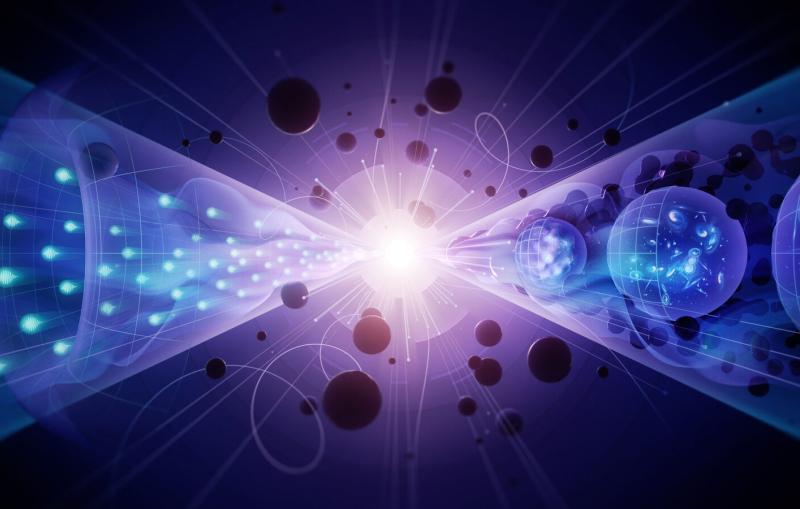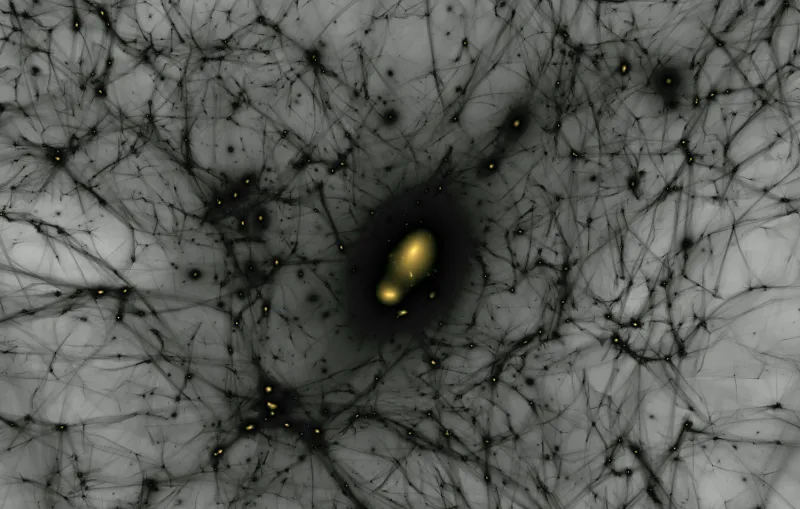SLAC Produces First Electron Beam with Superconducting Electron Gun
The new technology could allow next-generation instruments to explore the atomic world in ever more detail.
By Manuel Gnida
Making a high-quality beam of high-energy electrons starts with an electron gun: It knocks electrons out of atoms with a laser beam so they can be accelerated to nearly the speed of light for experiments that explore nature’s fastest atomic processes.
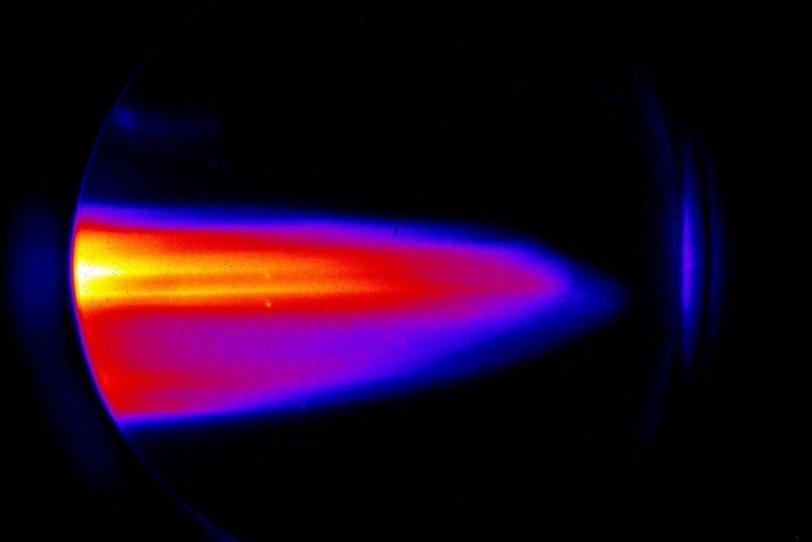
Now accelerator scientists at the Department of Energy’s SLAC National Accelerator Laboratory are testing a new type of electron gun for a future generation of instruments that take snapshots of the atomic world in never-before-seen quality and detail, with applications in chemistry, biology, energy and materials science.
Unlike other electron sources at SLAC, the new one is superconducting: When chilled to extremely low temperatures, some of its key components conduct electricity with nearly 100 percent efficiency. This allows it to produce superior, almost continuous electron beams that will be needed for future high-energy X-ray lasers and ultrafast electron microscopes. The new superconducting electron gun recently produced its first beam of electrons at SLAC.
“This is an important milestone,” says Xijie Wang, who leads the project. “The use of superconducting accelerator technology represents the beginning of a new era at the lab that will create unforeseen research opportunities, and will keep us at the forefront of science for decades to come.”
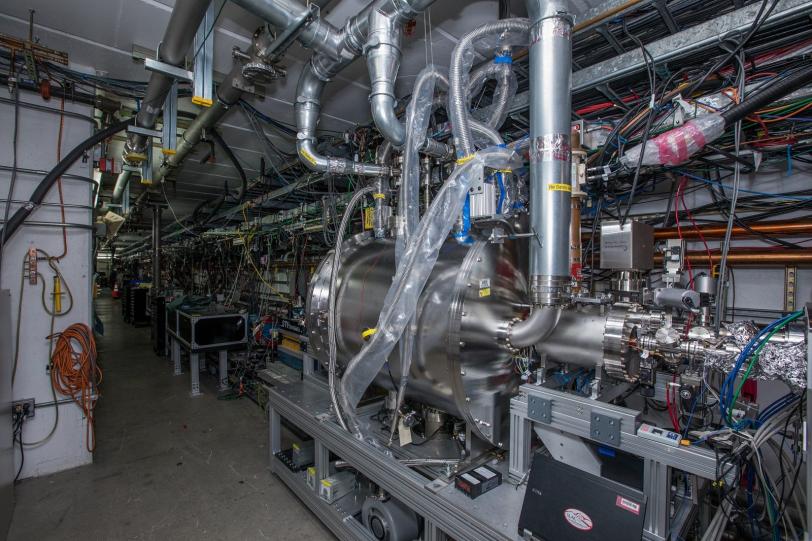
A Superior Electron Source
At SLAC and other labs, beams of high-energy electrons are used as tools to precisely examine the atomic fabric of our world and to look at atomic-scale processes that occur within femtoseconds, or millionths of a billionth of a second. The beams are used directly, in instruments for ultrafast electron diffraction and microscopy (UED/UEM), or indirectly in X-ray lasers like SLAC’s Linac Coherent Light Source (LCLS), where the energy of the electron beam is converted into powerful X-ray light.
In both approaches, the electrons are produced with an electron gun. It consists of a photocathode, where electrons are released when a metal is hit by a laser pulse; a hollow metal cavity, which accelerates the electrons with a radiofrequency field; and a magnetic lens that bundles the electrons into a tight beam.
Conventional electron guns use cavities made of normal-conducting metals like copper. But the new device’s cavity is made of niobium, which becomes superconducting at temperatures close to absolute zero. Several groups around the world are actively pursuing the superconducting technology for next-generation particle accelerators and X-ray lasers.
“Superconducting electron guns have the potential to outperform current guns,” says accelerator physicist Theodore Vecchione, coordinator of the SLAC project. “For instance, while the electron gun that’s being installed as part of the future LCLS-II will generate electron pulses at an extremely high repetition rate, the superconducting gun should be able to produce similar pulses at four times higher beam energy. It should also be able to achieve twice the beam acceleration over a given distance, producing a tighter beam of electrons with extraordinary average brightness.”
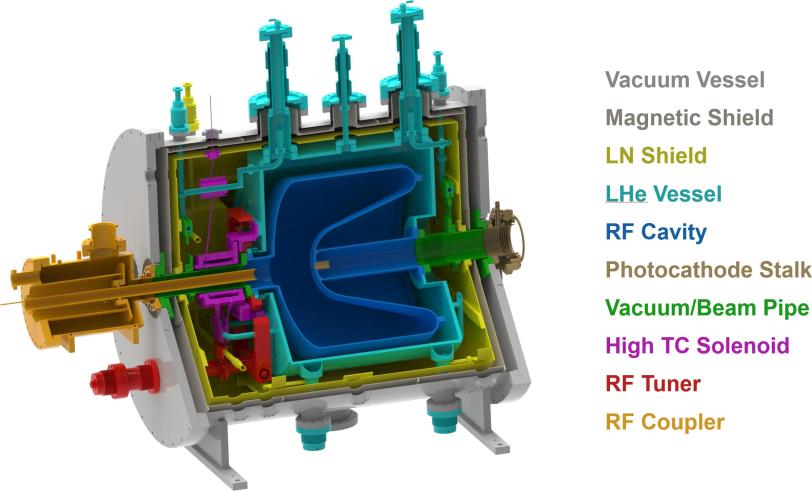
LCLS-II will already use superconducting cryomodules to bring electrons up to speed, which will allow the X-ray laser to fire 8,000 times faster after the upgrade. A superconducting electron gun could be ready for a future high-energy upgrade that would further enhance its scientific potential.
“In addition to advancing X-ray science, the superconducting technology could also turn into an electron source for the UED/UEM techniques we’re developing,” says SLAC accelerator physicist Renkai Li. “It would further improve the quality of atomic-level images and movies we’re able to capture now.”
A Top R&D Priority
The SLAC team is testing a superconducting gun that was originally built for a project at the University of Wisconsin, Madison. About two years ago, the DOE relocated the gun to SLAC, asking the lab to recommission it for R&D work in the field of future electron sources.
“There is a lot of excitement at the lab and the DOE about the opportunity to develop the superconducting technology into something that will drive future applications that require powerful electron beams,” says Bruce Dunham, associate lab director for SLAC’s Accelerator Directorate. “It’s very exciting to see the new gun produce its first electron beam, as it represents the very first step toward that future.”
Over the past few months, the team installed the gun at SLAC’s Next Linear Collider Test Accelerator (NLCTA) facility and built an experimental setup with diagnostics needed to analyze the generated electron beam. “This successful effort involved many different groups around the lab, including people working on lasers, metrology, vacuum and controls,” says Keith Jobe, the NLCTA facility manager. “We’re also grateful to Bob Legg and other members of the original Wisconsin team, who were very helpful in getting this effort underway here.”
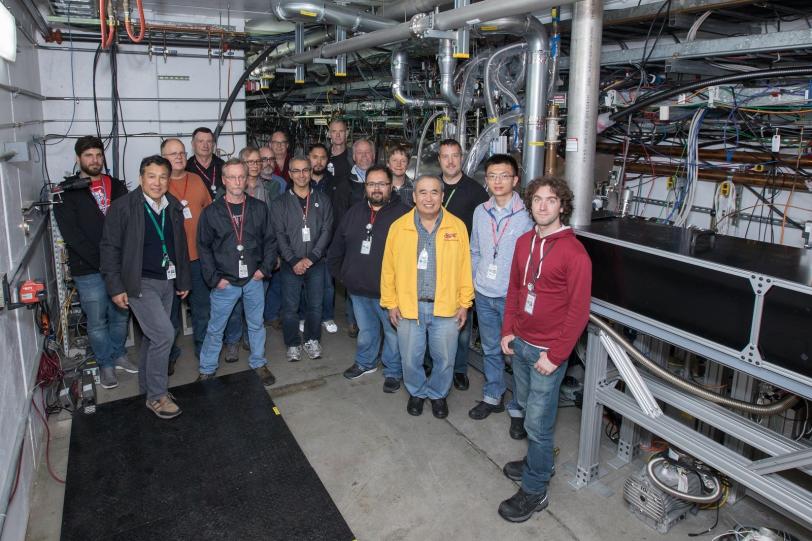
Now that the team has demonstrated the superconducting gun is working and capable of producing electron beams with energies above a million electronvolts, they are planning their next steps. They first want to make a number of upgrades to improve the gun’s performance, including an overhaul of its refrigeration system. Then, they will be ready to push the technology to higher beam energies that could pave the way for future applications.
The project is funded by the DOE Office of Science. LCLS is a DOE Office of Science user facility.
For questions or comments, contact the SLAC Office of Communications at communications@slac.stanford.edu.
SLAC is a multi-program laboratory exploring frontier questions in photon science, astrophysics, particle physics and accelerator research. Located in Menlo Park, Calif., SLAC is operated by Stanford University for the U.S. Department of Energy's Office of Science.
SLAC National Accelerator Laboratory is supported by the Office of Science of the U.S. Department of Energy. The Office of Science is the single largest supporter of basic research in the physical sciences in the United States, and is working to address some of the most pressing challenges of our time. For more information, please visit science.energy.gov.
